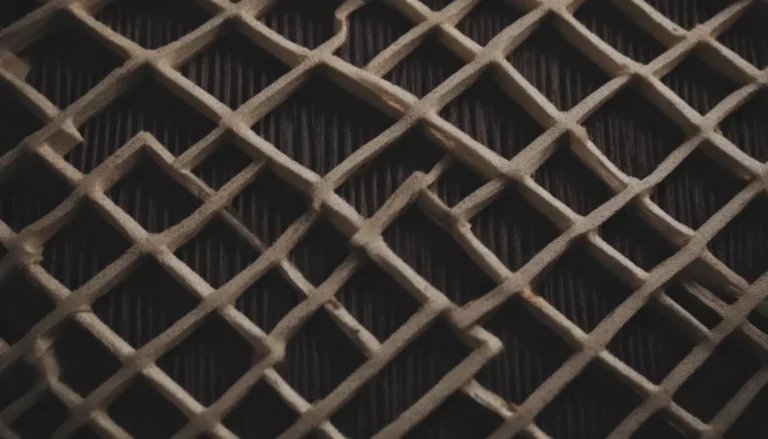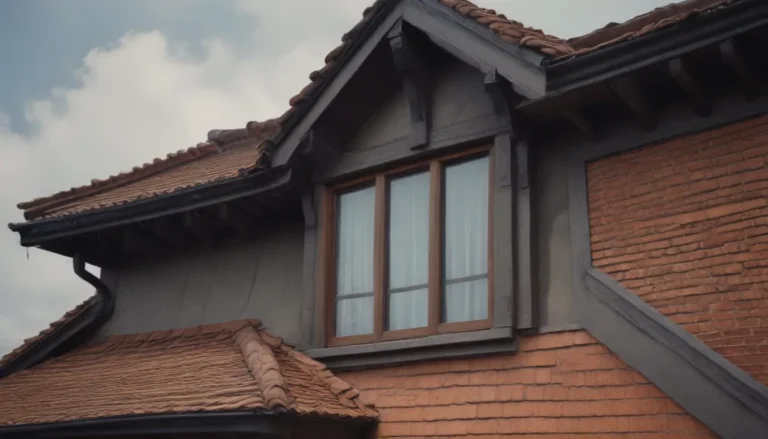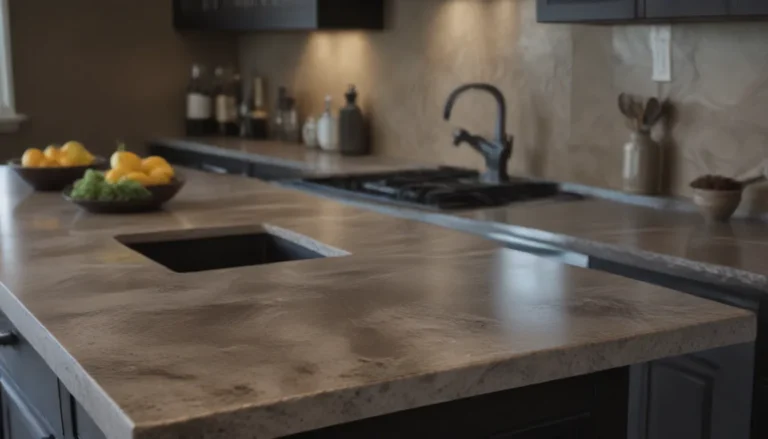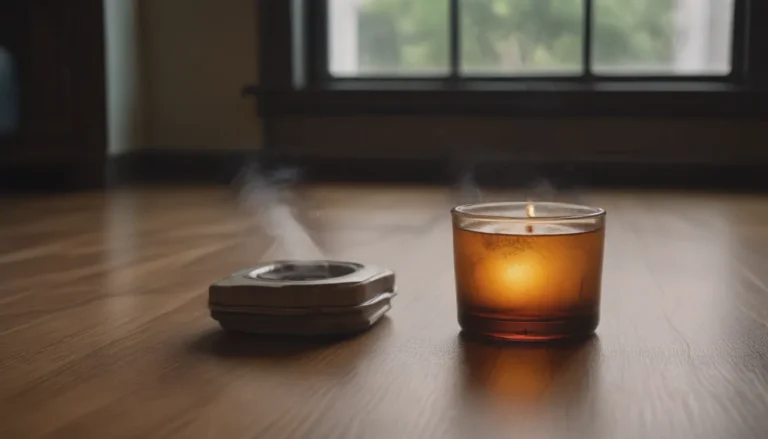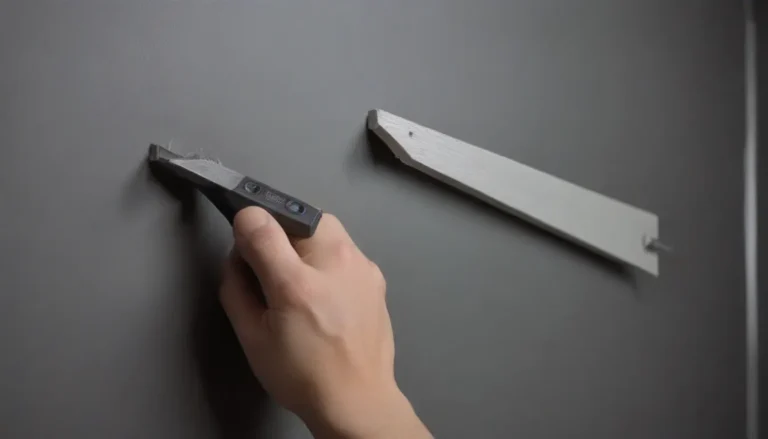Attic Ventilation: Essential Tips for a Healthy Home
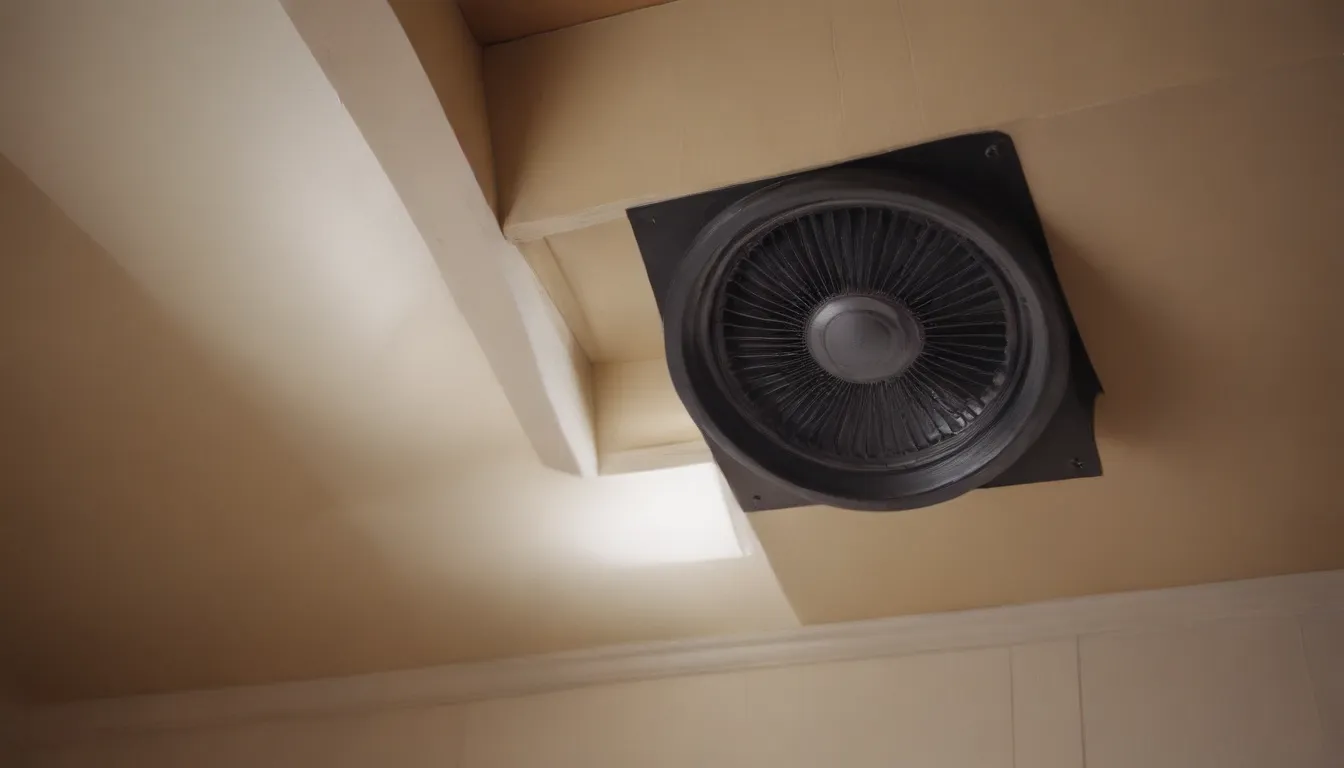
Welcome to our guide on attic ventilation, where we’ll cover all you need to know about this often-overlooked aspect of home maintenance. Attic ventilation may not be as exciting as a kitchen remodel or a new coat of paint, but it plays a crucial role in keeping your home safe, comfortable, and free of issues like mold and ice dams.
So, why is attic ventilation so important? Well, let’s break it down in plain terms. Attic ventilation helps in drawing hot air out of your home during the summer months, preventing heat buildup and reducing your energy bills. In winter, proper ventilation prevents ice dam formation, which can lead to costly roof damage and leaks.
Understanding Attic Ventilation Basics
To grasp why attic ventilation is vital for your home’s well-being, let’s start with the basics. Intake vents are typically located at the lowest points of your roof, under the eaves. These vents allow fresh air to enter the attic space. On the other hand, exhaust vents located near the roof peak let hot air escape outside. This continuous airflow helps regulate the temperature inside your attic, preventing issues like mold growth and ice dams.
The Dangers of Ice Dams
Ice dams are a homeowner’s worst nightmare. These icy formations build up on the edge of your roof, causing melted snow to seep under shingles and into your home. Not only can ice dams lead to water damage, but they also indicate poor attic ventilation.
Improving Attic Ventilation Options
Now that you understand the importance of attic ventilation, let’s explore how you can enhance it in your home. Here are some options to consider:
- Venting With Soffits:
-
Soffit vents are located under the eaves of your roof and provide an unobtrusive way to introduce fresh air into the attic. Ensure they remain unobstructed for optimal airflow.
-
Venting Without Soffits:
-
If your home lacks space for soffit vents, consider gable vents or shingle vents as alternative intake options. These vents blend seamlessly into your roofline and enhance attic ventilation.
-
Exhaust Vents:
-
Exhaust vents like ridge vents, static vents, turbine vents, and powered vents help expel hot air from the attic. Proper balance between intake and exhaust vents is key to effective ventilation.
-
Venting Finished Attics:
- For finished attic spaces, rafter vents or insulation baffles create a channel for air circulation without compromising the aesthetics of the room.
Signs Your Attic Needs Better Ventilation
How do you know if your attic ventilation is adequate? Look out for these signs:
– Warm ceiling on hot days
– Ice buildup on gutters
– Mold or mildew growth
– Insect or rodent nests near vents
If you notice any of these red flags, it’s time to assess and improve your attic ventilation system.
Meeting Building Code Requirements
Meeting building code requirements is essential for ensuring your attic ventilation complies with safety standards. The International Residential Code (IRC) specifies minimum ventilation standards to prevent issues like mold, moisture buildup, and roof damage. Make sure your attic has the right balance of intake and exhaust vents as per code regulations.
Maintaining Ventilation Systems
Proper maintenance is key to ensuring your attic ventilation system functions optimally. Regularly check vents for blockages, clear obstructions, and inspect for any signs of damage. If you’re unsure about the condition of your attic ventilation, consider consulting a professional for an assessment.
In conclusion, attic ventilation may not be the most glamorous home improvement project, but it’s a crucial aspect of maintaining a healthy, comfortable home. By understanding the basics of attic ventilation, identifying signs of poor ventilation, and taking steps to improve your attic’s airflow, you can protect your home from costly issues in the long run. Remember, a well-ventilated attic is a happy attic!
For more information on attic ventilation and building codes, refer to the 2018 International Residential Code (IRC).
We hope this guide has equipped you with the knowledge to enhance your home’s attic ventilation system and create a safer, more comfortable living environment. Happy ventilating!
